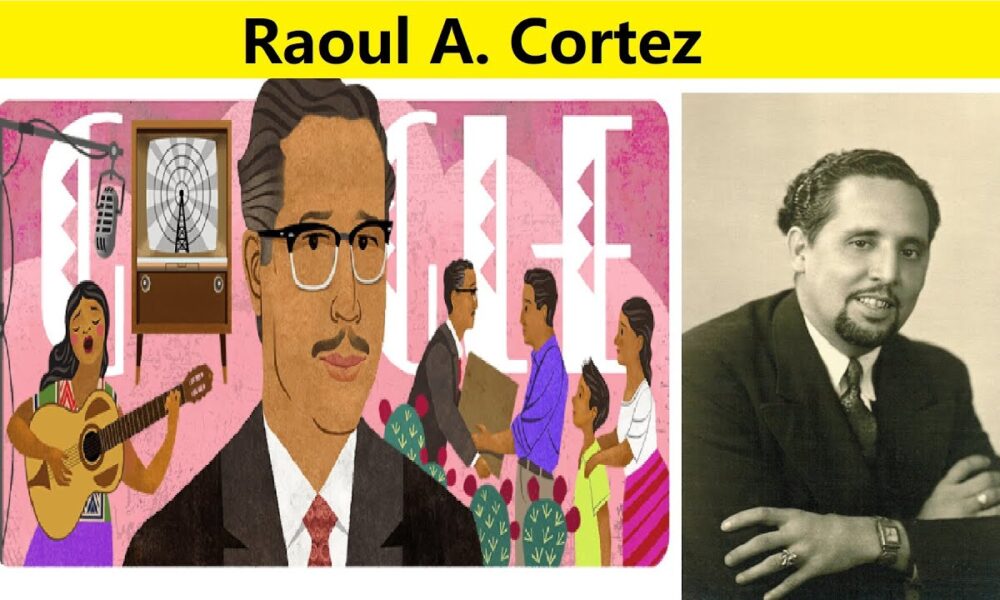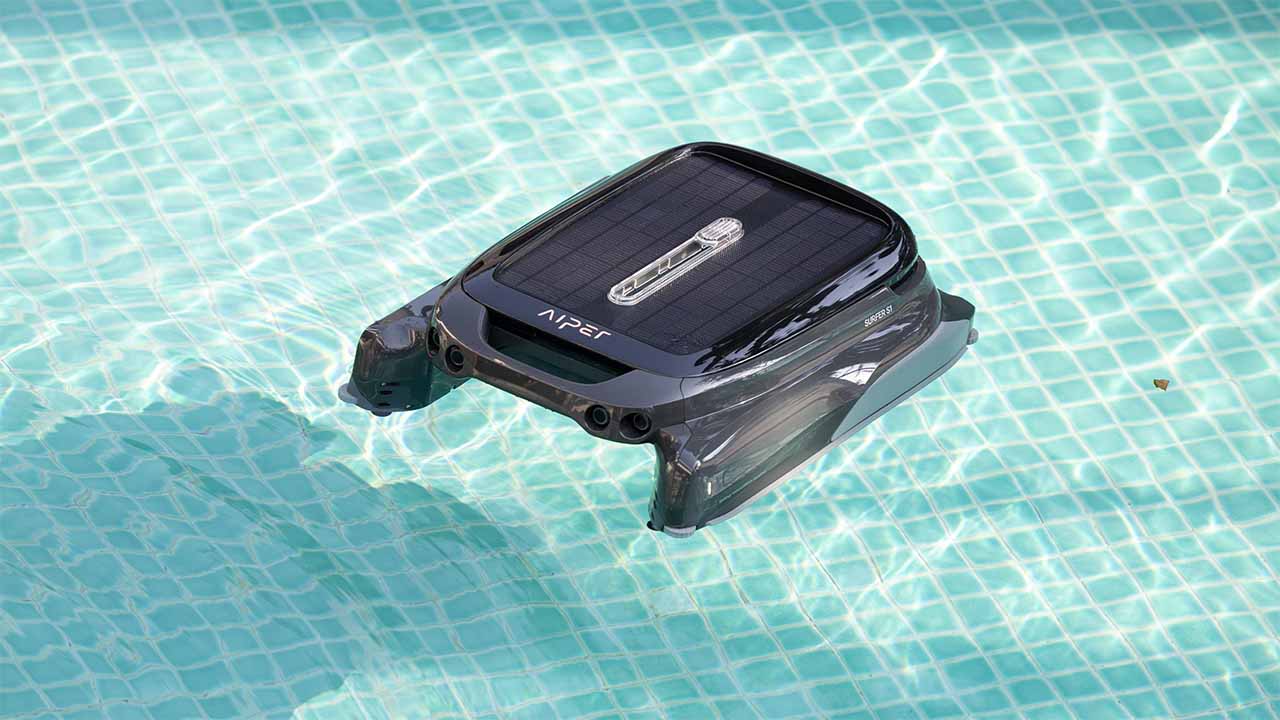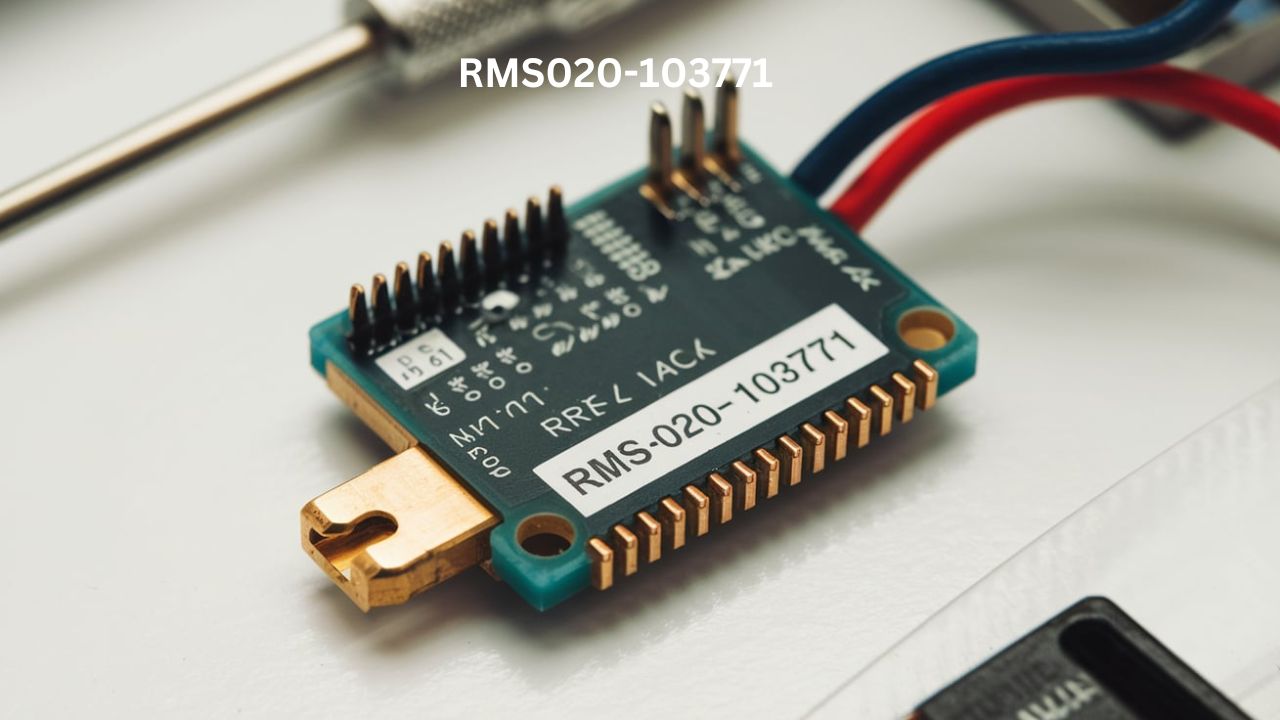Tuesday’s Google Doodle honors Mexican American broadcaster Raoul A. Cortez who founded the first full-time Spanish language radio and television stations in 1946. The design, illustrated by Rafael Lopez, celebrates Cortez’s work in media and civil rights for Latinos.
Born in Veracruz, Mexico, Cortez started his career as a reporter for La Prensa. He then ran a theatrical agency that brought top entertainers from Mexico and Latin America to the United States.
Raoul A. Cortez Life and Work
Today’s Google Doodle honors a Mexican American media pioneer who was the first to create Spanish radio and TV stations in the United States. Born on Oct. 17 in Veracruz, Cortez started his career in print media as a reporter for La Prensa, San Antonio’s Spanish language newspaper. He also owned and operated a theatrical agency in the 1930s and 1940s, introducing American audiences to performers from Mexico and Latin America. The experience opened his eyes to the need for accessible content in Spanish, and he started buying airtime on KMAC radio so that more people could enjoy these performances.
But creating a broadcasting company was not an easy task. His first challenge was to overcome the reluctance of Americans to allow non-English content on the airwaves during World War II. Some feared that foreign radio could be used to spread seditious messages against the U.S. government, but Raoul A. Cortez argued that his station would be used to mobilize the Mexican American community for the war effort. He was granted a license, and KCOR went on to become the first fully Spanish-language radio station in the country.
Raoul A. Cortez was a committed civil rights and community advocate, serving as the president of the local League of United Latin American Citizens branch in San Antonio. He was also present for the court case that ended segregation of Mexican Americans in Texas public schools, and he worked closely with both Mexican and U.S. leaders on immigration reform. In 2015, an exhibit called American Enterprise at the Smithsonian National Museum of American History featured KCOR and other stations owned by Raoul A. Cortez.
In the 1950s, Cortez branched out from traditional media, starting a Spanish language television station, KTMA, in Dallas. He continued to expand his business, eventually purchasing KCOR-TV in San Antonio and making it the first Latino-run U.S. station in Spanish, which it still is today. Cortez died in 1971 at the age of 68. He was buried at the National Cemetery in Houston.
To celebrate the life and work of this important trailblazer, Google has decided to feature a Champion model typewriter from the Underwood Typewriter Company from 1932-1949. The keyboard on this model had an inverted question mark and exclamation point, allowing users to write stories in Spanish. The doodle features an image of Raoul A. Cortez and his radio and TV studios, as well as the KCOR logo and call letters. To learn more about the station, click here. To celebrate the life of this remarkable pioneer, we invite you to share your own memories and photos of KCOR on Facebook and Twitter. And don’t forget to check out a new exhibition at the Smithsonian National Museum of America History. The museum is currently featuring the exhibit, American Enterprise: Innovations in Business, in celebration of its 100th anniversary. The show is open now through Jan. 22, 2018. It is free to attend. Learn more and view the gallery here. The exhibition is part of the American Experience series, which showcases innovative and groundbreaking companies in different industries over time.
KCOR
KCOR was the first full-time Spanish-language radio station in the United States owned and operated by a Mexican American, launched in 1946. It was among the first to overcome World War II restrictions on foreign language broadcasts, arguing that a Spanish-language radio station would lend support for the war effort in the Mexican American community, according to a National Museum of American History exhibit. The call letters KCOR were derived from Raoul A. Cortez’s name, and the station remains on the air to this day.
Raoul A. Cortez had a long career in media and was a tireless advocate for Latinos in the U.S. His early work in newspaper reporting and journalism helped to find a space for Hispanic music and culture on the radio dial, where they were often ignored or given short time slots.
After a stint at KMAC Radio in the 1930s and 1940s, Raoul A. Cortez ran his own theatrical agency that introduced top Mexican and Latin American performers to American audiences. He also bought time on other radio stations to play songs and sketches by these entertainers. Cortez’s efforts led to the formation of a network of Spanish-language radio stations, and his broadcasters worked together to promote each other.
In 1955, Raoul A. Cortez expanded his business into television with the launch of KCOR-TV Channel 41 in San Antonio. The station became the bedrock of the Spanish International Network and ultimately a predecessor to Univision.
Throughout his life, Raoul A. Cortez continued to seek out new opportunities and challenges. He was a civil rights advocate for Mexican Americans, and he oversaw the landmark court case Delgado v. Bastrop Independent School District that ended the segregation of Mexican American children in Texas schools. His contribution to the broadcast industry is a lasting legacy, and he is known as a pioneer in Hispanic language radio in the United States.
Whether through his radio shows, the creation of the KCOR-TV station, or his leadership in the local Hispanic community, Raoul A. Cortez was always working to expand opportunities for Mexican Americans and make sure that they had a place on the radio and in the news. His work continues to be celebrated today. A Google Doodle honors his 118th birthday on October 17, 2017. The exhibition American Enterprise, which is located in the Mars Hall of American Business, features an array of objects and documents that chronicle the story of KCOR. The new acquisitions to the exhibit highlight the development of this trailblazing company and its founder. The new acquisitions will be on display through March 2020. They include the first recording of Cortez addressing the press and the inaugural meeting of a group of Hispanic radio operators, held in 1950 to discuss ways to improve their stations. Also included is a letter from Raoul A. Cortez to his family, congratulating them on their accomplishments. The letter was handwritten on station letterhead, and it is believed to be the only such message he ever sent to his family. The letter was preserved by the archivists at the San Antonio Historical Society.











